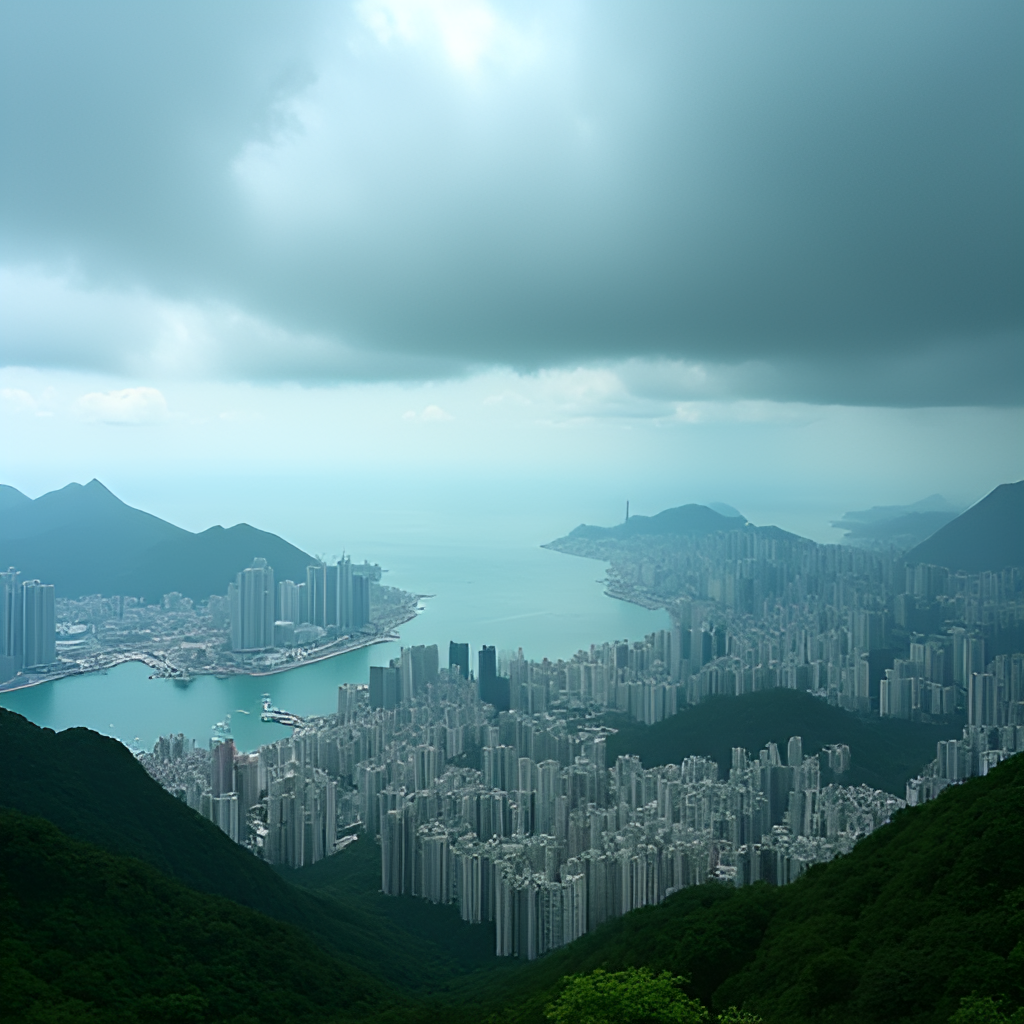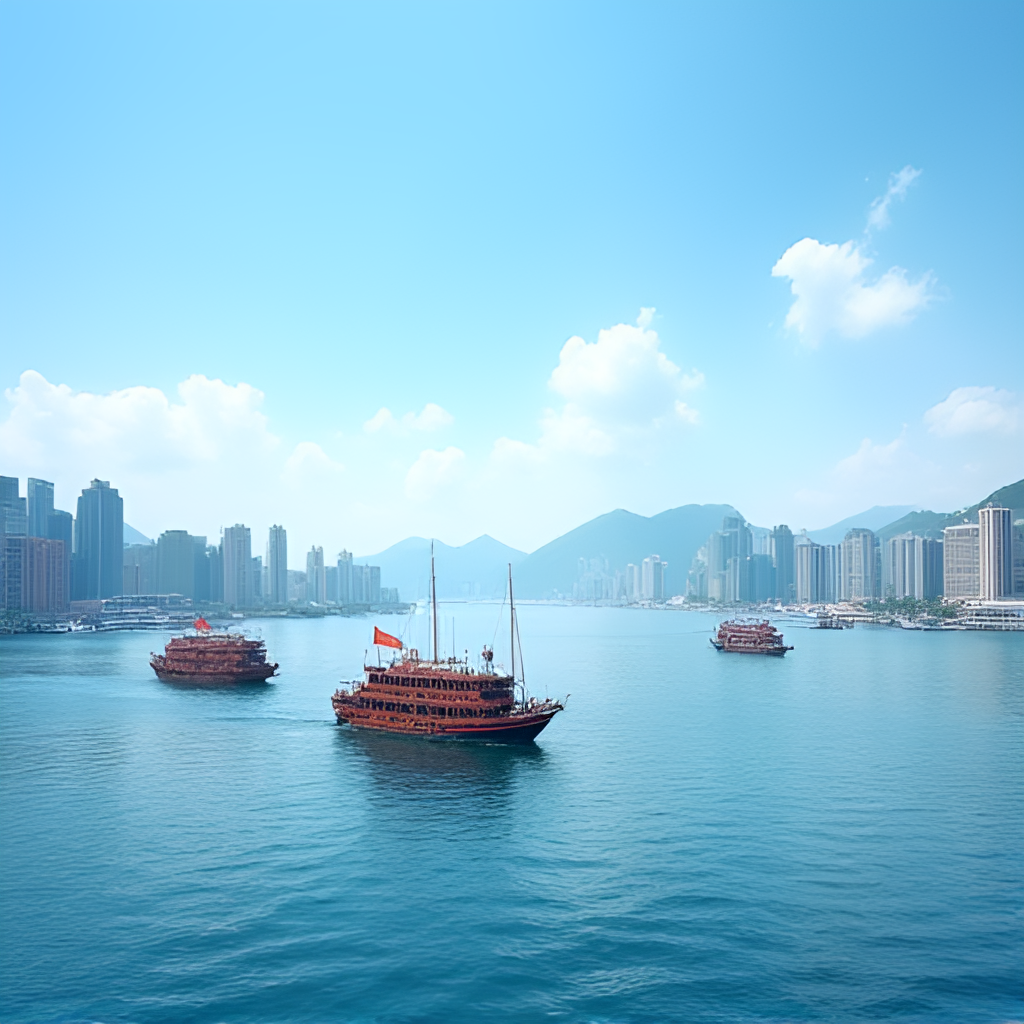Weather Hong Kong: A Deep Dive into Its Unique Climate
- Weather Hong Kong: An Introduction to its Dynamic Climate
- Understanding Hong Kong’s Distinct Seasons
- Typhoons in Hong Kong: Navigating the Stormy Season
- Coping with Humidity: A Daily Reality in Hong Kong
- Planning Your Visit: Best Times to Experience Hong Kong’s Climate
- Climate Change and the Future of Hong Kong Weather
- Weather Hong Kong: Adapting and Appreciating the Elements
Weather Hong Kong is a fascinating and often dramatic subject for anyone living in or visiting this vibrant city. From sweltering summers to surprisingly cool winters, the city’s climate offers a unique blend of experiences that truly shape daily life. Having lived here for several years, my personal experience with the Hong Kong climate has taught me invaluable lessons about adaptability and resilience. It’s not just about temperatures; it’s about the humidity, the typhoons, and the sudden shifts that keep you on your toes. We’ll delve into the nuances of Hong Kong’s weather patterns, explore how its distinct seasons unfold, and consider the broader implications of global climate change on this bustling metropolis.
Understanding Hong Kong’s Distinct Seasons
While some might generalize Hong Kong as perpetually hot and humid, the reality is that the city experiences four distinct, albeit sometimes subtle, seasons. Each brings its own charm and challenges. Spring, typically from March to May, is characterized by rising temperatures and high humidity, often accompanied by misty and foggy mornings. This is when you’ll feel the city truly coming alive, but also when you’ll start to notice the dampness in the air. I remember my first spring here; I was constantly surprised by how quickly a clear morning could turn into a hazy, humid afternoon. It’s beautiful in its own way, but brings with it the need for dehumidifiers and mold prevention strategies.
Summer, from June to August, is undeniably hot and very humid. Temperatures frequently soar above 30°C (86°F), and the humidity often hovers around 85-90%. This is the season for air-conditioned malls, beach excursions, and staying hydrated. It’s also prime time for typhoons, which we’ll discuss shortly. My strategy during these months is simple: embrace lightweight clothing, carry a small towel, and never underestimate the power of a cool shower. While intense, the summer vibrancy of Hong Kong is truly something to behold, with lush greenery and lively night markets. It’s a period where the city’s energy feels almost palpable, despite the heat.
Autumn, from September to November, is widely considered the best time to visit Hong Kong. The weather becomes significantly more pleasant, with lower humidity, comfortable temperatures, and abundant sunshine. This is when you can truly enjoy outdoor activities like hiking or exploring the city’s many islands without feeling overwhelmed by the heat. The air feels crisp, and the views are often stunningly clear. It’s the season I look forward to the most, offering a refreshing respite after the long summer months.
Winter, from December to February, is surprisingly cool and dry. While temperatures rarely drop below 10°C (50°F), the combination of wind and occasional dampness can make it feel colder than the thermometer indicates. You’ll definitely need a jacket, and perhaps even a light scarf, especially in the mornings and evenings. This drier air is a welcome change for many, offering a break from the persistent humidity of other seasons. It’s also a wonderful time to enjoy hearty hot pot meals and explore the city’s festive decorations. The Hong Kong Observatory provides detailed climate normals that illustrate these seasonal shifts beautifully.
Typhoons in Hong Kong: Navigating the Stormy Season
One of the most defining aspects of weather Hong Kong, particularly during the summer months, is the typhoon season. Typically running from May to November, with the peak usually between July and September, typhoons are a serious consideration for residents and visitors alike. Hong Kong has a well-established typhoon warning system, with signals ranging from T1 (Standby) to T10 (Hurricane force winds). My first T8 experience was quite memorable; the city essentially shuts down, with public transport ceasing operation and businesses closing their doors. It’s a surreal experience to see such a bustling city come to a complete standstill.
Understanding the typhoon signals is crucial. A T3 signal means strong winds are expected, and some ferry services might be suspended. At T8, schools close, most offices shut down, and it’s advised to stay indoors. A T9 or T10 signal indicates increasingly severe conditions, including extreme winds and heavy rain. The Hong Kong government and the Hong Kong Observatory are highly efficient in issuing timely warnings and advisories, making it relatively safe if you follow their guidance. Always check local news or the Observatory’s website if you’re in Hong Kong during typhoon season.
Preparing for a typhoon involves simple steps: securing loose objects on balconies, ensuring you have enough food and water, and charging your electronic devices. While they can be disruptive, these storm systems are also vital for replenishing the city’s water reservoirs. It’s a powerful reminder of nature’s forces at play, and a testament to the city’s robust infrastructure that it handles them with such efficiency.

This image is a fictional image generated by GlobalTrendHub.
Coping with Humidity: A Daily Reality in Hong Kong
If there’s one word to describe weather Hong Kong for a significant part of the year, it’s ‘humid’. The subtropical climate ensures that humidity levels are consistently high, especially during spring and summer. This isn’t just about feeling sticky; it can impact everything from your hair to your wardrobe, and even the air quality. Mold can be a significant issue indoors, making dehumidifiers an essential household appliance for most residents. I’ve certainly learned the hard way about storing leather goods and books in properly ventilated areas.
Beyond the discomfort, high humidity can also affect one’s health, leading to lethargy or exacerbating respiratory conditions. However, residents have developed various strategies to cope. Air conditioning is ubiquitous, and public spaces are well-chilled, offering a welcome escape. Many locals also swear by traditional Chinese remedies and cooling foods to help their bodies adapt. My personal tips for navigating the humidity include wearing breathable fabrics, staying well-hydrated, and taking frequent cool showers. It truly shapes how you live and dress in the city. The pervasive dampness is a hallmark of the Hong Kong climate.
Planning Your Visit: Best Times to Experience Hong Kong’s Climate
Given the diverse seasonal characteristics, when is the best time to visit and experience Hong Kong’s climate? Without a doubt, autumn (September to November) offers the most agreeable weather. The temperatures are comfortable, humidity is lower, and there’s plenty of sunshine, making it ideal for sightseeing, hiking, and enjoying the city’s outdoor attractions. This is when you can truly appreciate the stunning vistas from Victoria Peak or explore the outlying islands without breaking a sweat.
Spring (March to May) can be lovely, but be prepared for occasional mist and higher humidity. Winter (December to February) is also a good option if you prefer cooler, drier weather and don’t mind bundling up a bit. Summer (June to August) is hot and humid with the added risk of typhoons, but if you love the energy of a vibrant summer city and plan to spend a lot of time indoors or by the pool, it can still be an exciting time to visit. Ultimately, the “best” time depends on your personal preferences and what you plan to do, but for general comfort and outdoor activities, autumn reigns supreme for experiencing the distinct Hong Kong weather.

This image is a fictional image generated by GlobalTrendHub.
Climate Change and the Future of Hong Kong Weather
Like many coastal cities, Hong Kong is increasingly vulnerable to the impacts of global climate change. Rising sea levels, more intense heatwaves, and an increase in extreme weather events, including stronger typhoons, are growing concerns. Data from the Hong Kong Observatory indicates a clear warming trend over the past few decades, with more hot days and fewer cold days. This shift in Hong Kong weather patterns presents significant challenges for urban planning, infrastructure, and public health.
The city is actively pursuing strategies to mitigate these effects, such as developing resilient infrastructure and promoting green initiatives. However, the long-term implications for the Hong Kong climate are substantial. As residents, we’re becoming more aware of the need for sustainable practices and adapting our lifestyles to these changing conditions. It’s a global issue, but one that feels very personal when you experience prolonged periods of extreme heat or increasingly unpredictable typhoon seasons. Discussions about carbon footprints and sustainable living are becoming more prevalent as we consider the future of weather Hong Kong.
Weather Hong Kong: Adapting and Appreciating the Elements
In conclusion, weather Hong Kong is far more than just temperature readings; it’s an integral part of the city’s identity and daily rhythm. From the refreshing crispness of autumn to the dramatic power of typhoon season, the Hong Kong climate offers a spectrum of experiences that shape the lives of its inhabitants and the adventures of its visitors. As someone who’s learned to embrace its unique patterns, I can tell you that understanding and adapting to the weather in Hong Kong enhances your appreciation for this incredible city. It’s about respecting the elements and finding joy in each season, whether it’s through escaping the summer heat in a shopping mall or enjoying a clear, cool winter hike. Weather Hong Kong truly defines the spirit of this dynamic metropolis, a resilient city that thrives no matter what the skies bring.